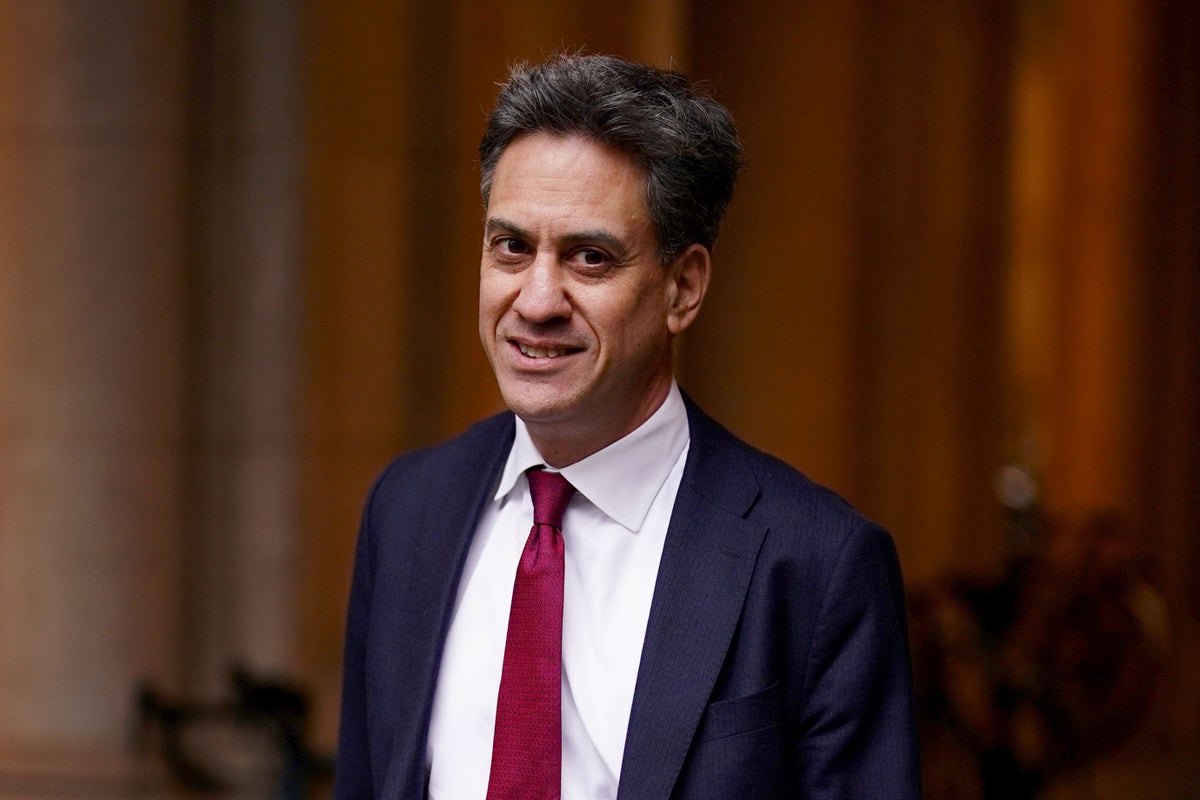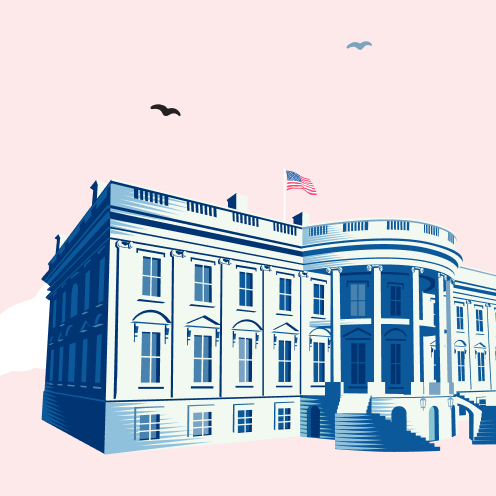A helicopter carrying Ebrahim Raisi crashed on Sunday as it was crossing mountain terrain in heavy fog.
Iran’s interior minister Ahmed Vahidi confirmed to state TV that one of the helicopters in a convoy carrying President Raisi, 63, suffered a ‘hard landing’ – adding that rescue teams have been struggling to reach the site as they are being hampered by difficult weather conditions.
The country’s Fars News Agency has urged Iranians to pray for their president, while state TV has aired prayers for his safety as well as showed worshipers praying for his health in the holy city of Mashhad.
Speaking on condition of anonymity, an Iranian official told Reuters the lives of both the president and foreign minister are “at risk following the helicopter crash”, which happened on the way back from a visit to the border with Azerbaijan.
They added: “We are still hopeful, but information coming from the crash site is very concerning.”
News of the crash brings new attention to the leader, here’s what we know about President Raisi:
Rise to power
Born to a conservative family in eastern Iran, Raisi studied theology at the seminaries in Qom.
He was a teenager when the country’s popular revolution established Iran as a theocracy, but he quickly became an enthusiastic participant in enforcing the vision of Ayatollah Ruhollah Khomeini, the founder of the Islamic Republic.
At 21 years old, Raisi began serving as a prosecutor, pursuing politically charged cases in the cities of Karaj and Hamadan. He gained a reputation as one of the regime’s most severe figures – a young, brash ideologue, willing to get his hands dirty.
Within a few years, Raisi was appointed as a judge, a rapid rise that was stunning to Iranians and led to years of questions about his professional credentials.
Raisi also faces sanctions from the US and other nations over his involvement in the mass execution of prisoners in 1988.
Raisi was defiant when asked at a news conference after his election about the 1988 executions, which saw sham retrials of political prisoners, militants and others that would become known as “death commissions” at the end of the bloody Iran-Iraq war.
Raisi served on the commissions where international rights groups estimate that as many as 5,000 people were executed.
He ran unsuccessfully for president in 2017 against Hassan Rouhani, the relatively moderate cleric who as president reached Tehran’s 2015 nuclear deal with world powers.
In 2021, Raisi ran again in an election that saw all of his potentially prominent opponents barred from running under Iran’s vetting system. He swept nearly 62 per cent of the 28.9 million votes, the lowest turnout by percentage in the Islamic Republic’s history. Millions stayed home and others voided ballots.
Time in office
Since taking office 2021, Raisi has ordered a tightening of morality laws, overseen a bloody crackdown on anti-government protests and pushed hard in nuclear talks with world powers.
He has supported the country’s security services as they cracked down on all dissent, including in the aftermath of the 2022 death of Mahsa Amini and the nationwide protests that followed.
Mahsa Amini was an Iranian woman who was arrested in Tehran for opposing mandatory hijab rules. The 22-year-old later died in police custody in 2022.
In March, a United Nations investigative panel found that Iran was responsible for the “physical violence” that led to Amini’s death.
Her death sparked mass prorests and a monthslong security crackdown killed more than 500 people and saw over 22,000 detained.
In Iran’s dual political system, split between the clerical establishment and the government, it is the supreme leader rather than the president who has the final say on all major policies.
But many see Raisi as a strong contender to succeed his 85-year-old mentor, Supreme Leader Ayatollah Ali Khamenei, who has strongly endorsed Raisi’s main policies.
Source: independent.co.uk



